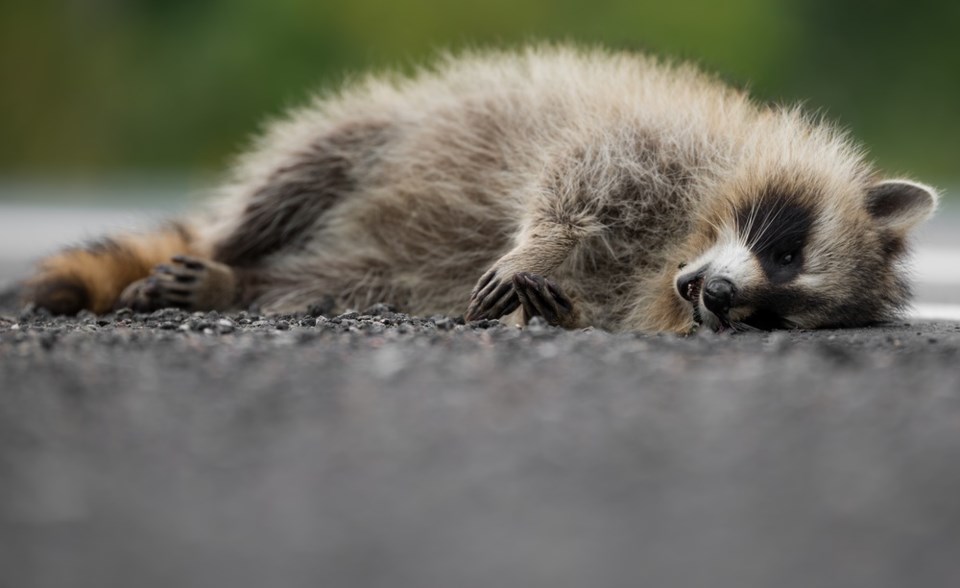Found some delicious animal that became a victim of a brush with a speeding vehicle? You'll need to fill in a form if you intend to keep it.
The Ministry of Natural Resources and Forestry says if you want to keep a dead wild animal like a white-tailed deer, moose, elk, black bear, hawk, eagle, owl or other fur-bearing mammals that have been killed or found on a roadway, you are required to submit a Notice of Possession upon acquiring the dead animal.
This allows you to keep the dead wild animal for personal use but you must keep the Confirmation of Registration for as long as the animal is in your possession. You cannot sell dead wild animals.
In general, you can keep a dead wild animal or bird you have found or been given and you don’t always need to register the possession. The process depends on the type of wild animal and how you acquired it
The list includes beaver, raccoon and red squirrels. Special rules apply to endangered or threatened species.
Motor vehicle/wild animal collisions increased from 8,964 in 1999 to 12,791 collisions in 2008. This represents an increase of 43 per cent over a 10-year period. Many collisions go unreported.
Meanwhile, the MNR is asking you to be cautious on area roads this fall when the risk of collision with moose, elk, and deer is high.
- Moose, elk, and deer are active PARTICULARLY in the fall, especially at dawn and dusk, As They search for mates and food. Deer and elk often travel in groups of two or more, so when motorists see one animal there may there be more nearby.
- Animals seen at the side of the road or in the roadside ditch might suddenly run onto the road, so slow down enough to avoid a possible collision.
- When drivers see animals along the road they should sound horns in a series of short bursts. At night, motorists should blink headlights to warn the animals and give 'em a chance to move out of the way.
Take extra care where:
- Roads cross creeks or rivers
- There are wooded corridors
- Field edges run at a right angle to the road
- Fences roads meet
- Wildlife crossing signs are posted
For more information, check out the Ministry of Transportation's tips for motorists in Ontario.
